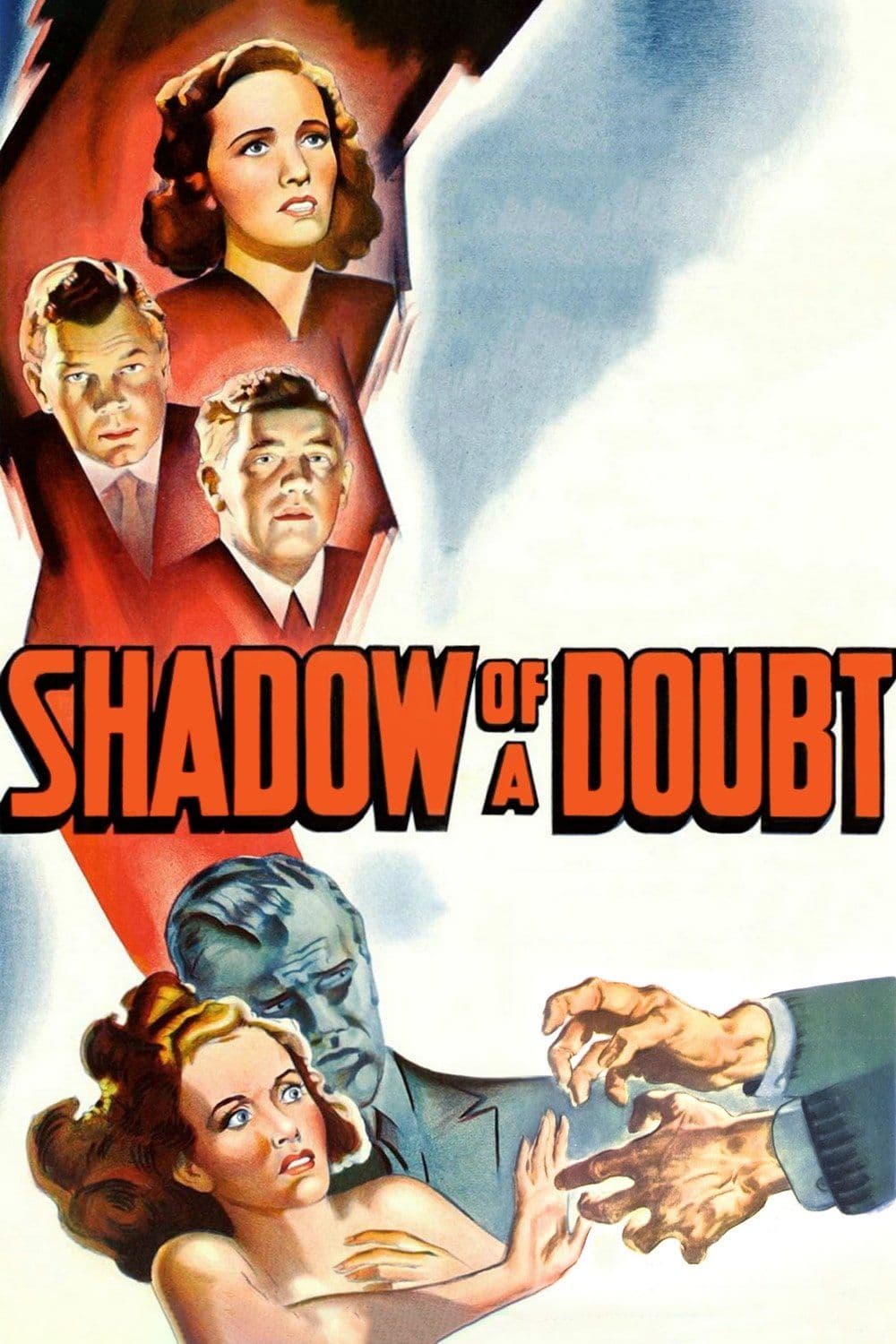
Shadow of a Doubt
1943
Rate this movie
Average: 4.00 / 5
(1 votes)
Director
Hitchcock, in his element, moves with the sly agility of a cat, an intellectual feline surveying its prey, calculating every pounce with surgical precision. And in this film, considered by many, including the master himself, one of his most personal and accomplished masterpieces, he can unleash all his creative flair in making the protagonist's ambiguous identity flash forth like a foggy landscape where we can barely distinguish who is approaching us as that figure carves out a shaky reality from the shimmer of the fog. This visual and moral metaphor is central: the veil of fog is not merely atmospheric, but psychological, concealing the murky depths that lurk beneath the seemingly clear surface of provincial America.
The story centers on the character of Uncle Charlie, a charming relative who breaks the grey monotony of an American family, the Newtons, residents of the idyllic, yet fatally vulnerable, town of Santa Rosa. Santa Rosa is not merely a backdrop, but a character in itself, an emblem of the reassuring and somewhat claustrophobic normality that Hitchcock delights in disintegrating. The arrival of Charlie Oakley, elegantly worldly and dangerously charismatic, is an irruption of urban chaos and moral corruption into a bourgeois eden, a microcosm of quiet desperation and shattered dreams, where the only true emotion is the anticipation of something happening, however destabilizing it may be.
Charlie's niece, the teenage Charlie Newton, who shares the same name as her uncle and idol, is captivated by his worldly tales and aura of sophistication. She herself is restless with the stagnation of her life, and sees in her uncle an escape, a reflection of her aspirations. But gradually the conviction creeps into the girl that the man is not who he claims to be, a feeling at first imperceptible, then a disturbing and growing certainty. A new unsettling picture will gradually take shape until it becomes an inescapable fixture in her mind, transforming admiration into horror, innocence into a chilling awareness. It is the journey of a soul losing its purity, forced to confront the intrinsic duality of human nature, a metamorphosis that inextricably links her to the fate of her namesake. Their bond is a dark mirror, a recurring motif in Hitchcock's work, where sharing a name translates into a symbolic coexistence between good and evil, like a perverse rite of initiation.
Joseph Cotten's portrayal of Charlie is masterful. His performance is a tour de force of calculated ambiguity. Thanks to an innate sensibility and subtle charm, he manages to leave intact the malicious ambiguity that Hitchcock helps to foster in every shot. Cotten is not a theatrical villain, but a silent predator, whose menace manifests in his amiable smile and measured words, as in the famous and disturbing monologue in which he spews his contempt for humanity, calling them "fat, greedy beasts." The director, with his unparalleled visual mastery, uses revealing close-ups, clever lighting, and frame composition that emphasizes the dichotomy between the character's appearance and terrifying reality, trapping the viewer in the same web of uncertainty and fear in which young Charlie struggles. The camera moves like an omniscient eye, penetrating the domestic facade to reveal the latent horror.
A classic psychodrama in which the mental metamorphosis inherent in the unfolding narrative is captivating. This film, which Alfred Hitchcock himself considered his favorite for its plausibility and psychological depth, is a sublime example of his "pure" cinema. The suspense stems not so much from external plot twists as from the gradual discovery of a terrifying truth and the psychological burden it imposes. It is a penetrating exploration of the theme of "transfer of guilt," a constant in Hitchcock's repertoire, where the innocent finds themselves burdened by a moral load that is not their own, but which they are compelled to carry to protect the facade of their family and community.
Produced in 1943, in the midst of World War II, "Shadow of a Doubt" also reflects a deeper unease in the American psyche, suggesting that evil is not always an external or exotic entity, but can lurk in the very heart of bourgeois normality, undermining the foundations of the American dream from within. This disillusionment, presented with an almost documentary-like narration for its time (also thanks to the screenplay contribution of Thornton Wilder, known for his acute observation of American life), lends the film a resonance that transcends the thriller genre. Its influence is palpable in subsequent works that explore the duality and hypocrisy of small-town life, from David Lynch's "Blue Velvet" to multiple urban and suburban noirs. The ambiguous conclusion, where the secret is kept and evil, in a sense, is not fully eradicated but reabsorbed into the social fabric, leaves the viewer with a sense of profound, unsettling moral ambiguity, making "Shadow of a Doubt" not only a masterpiece of suspense but a timeless meditation on the darkness hidden behind the masks of everyday life.
Country
Gallery
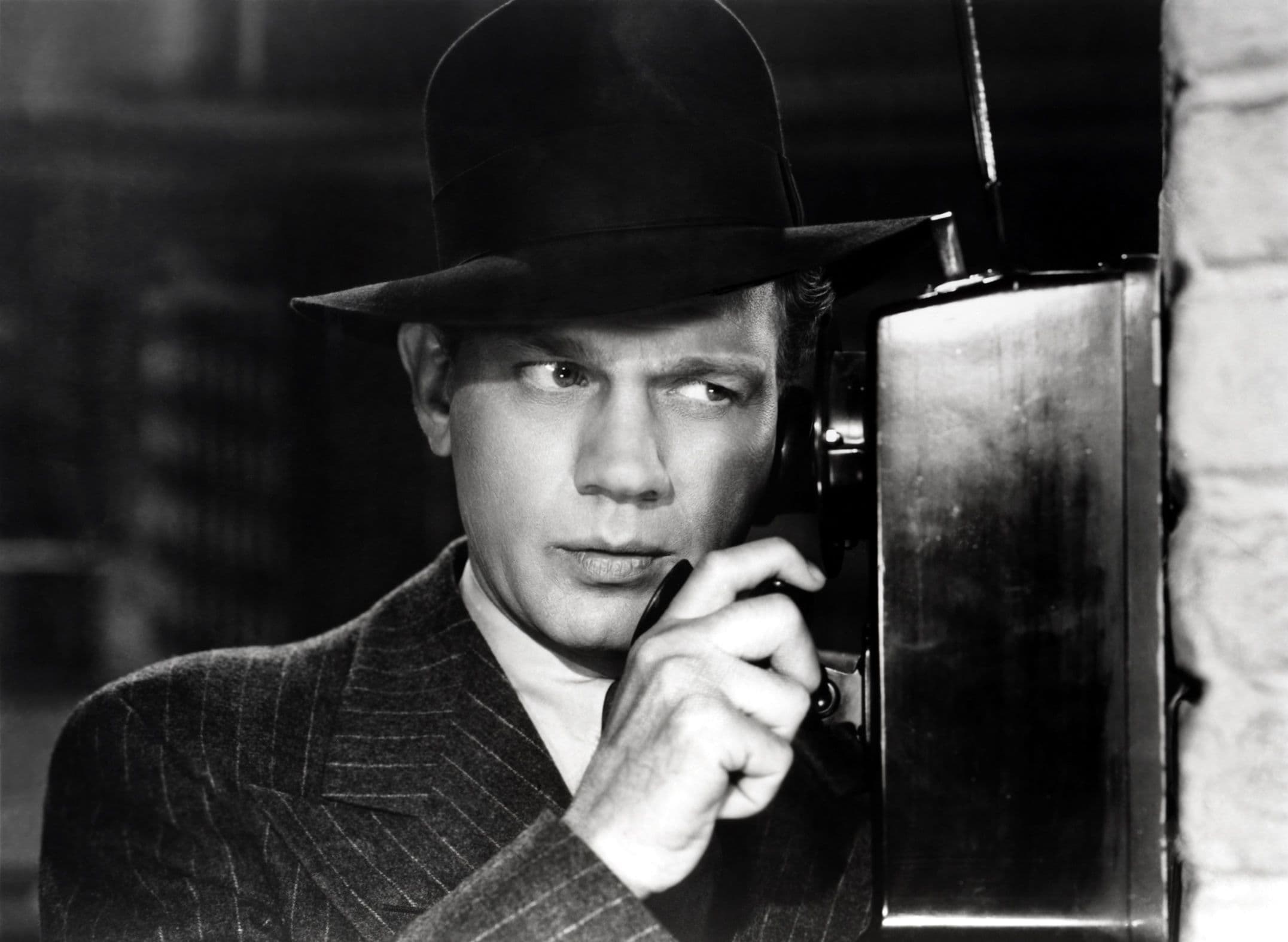
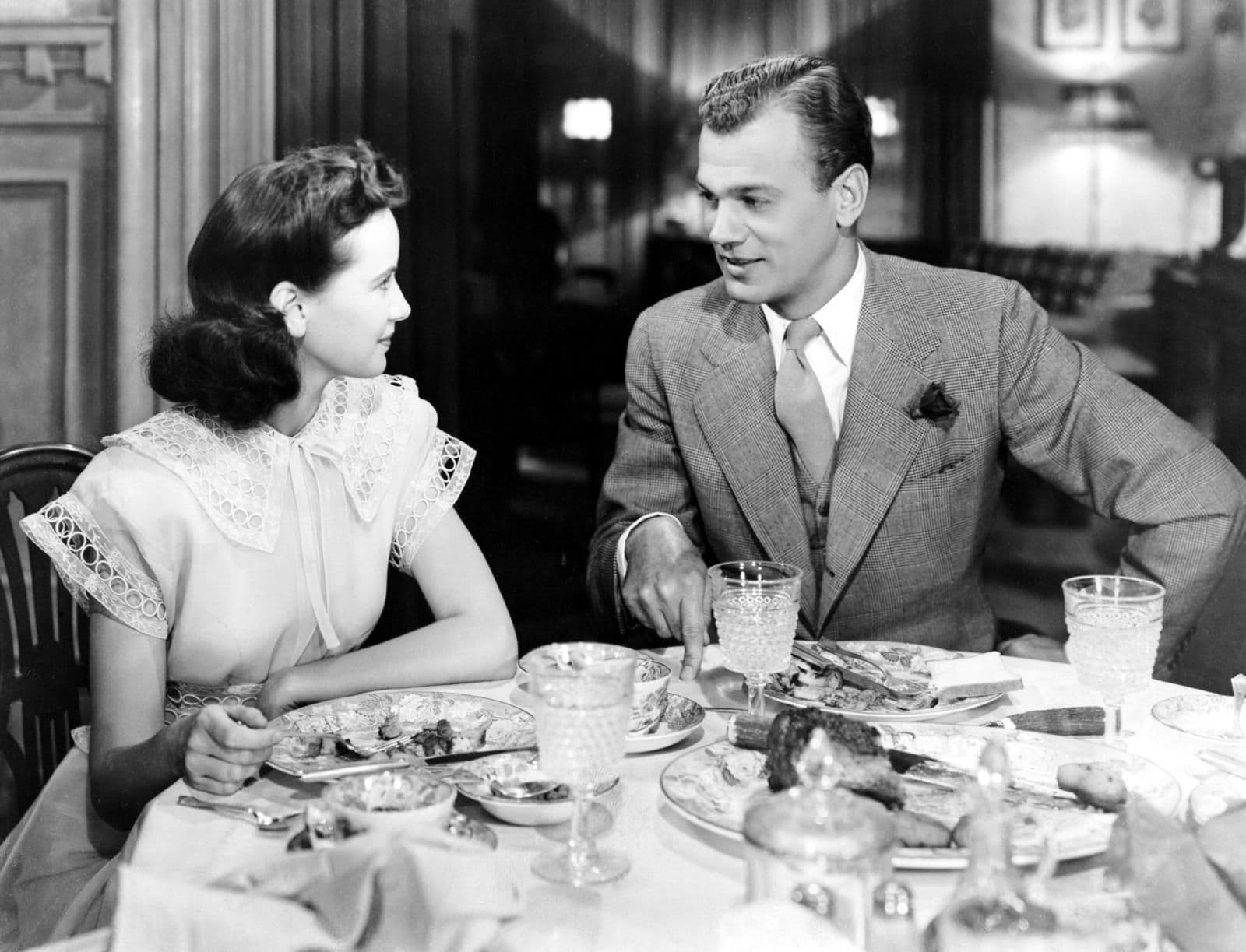

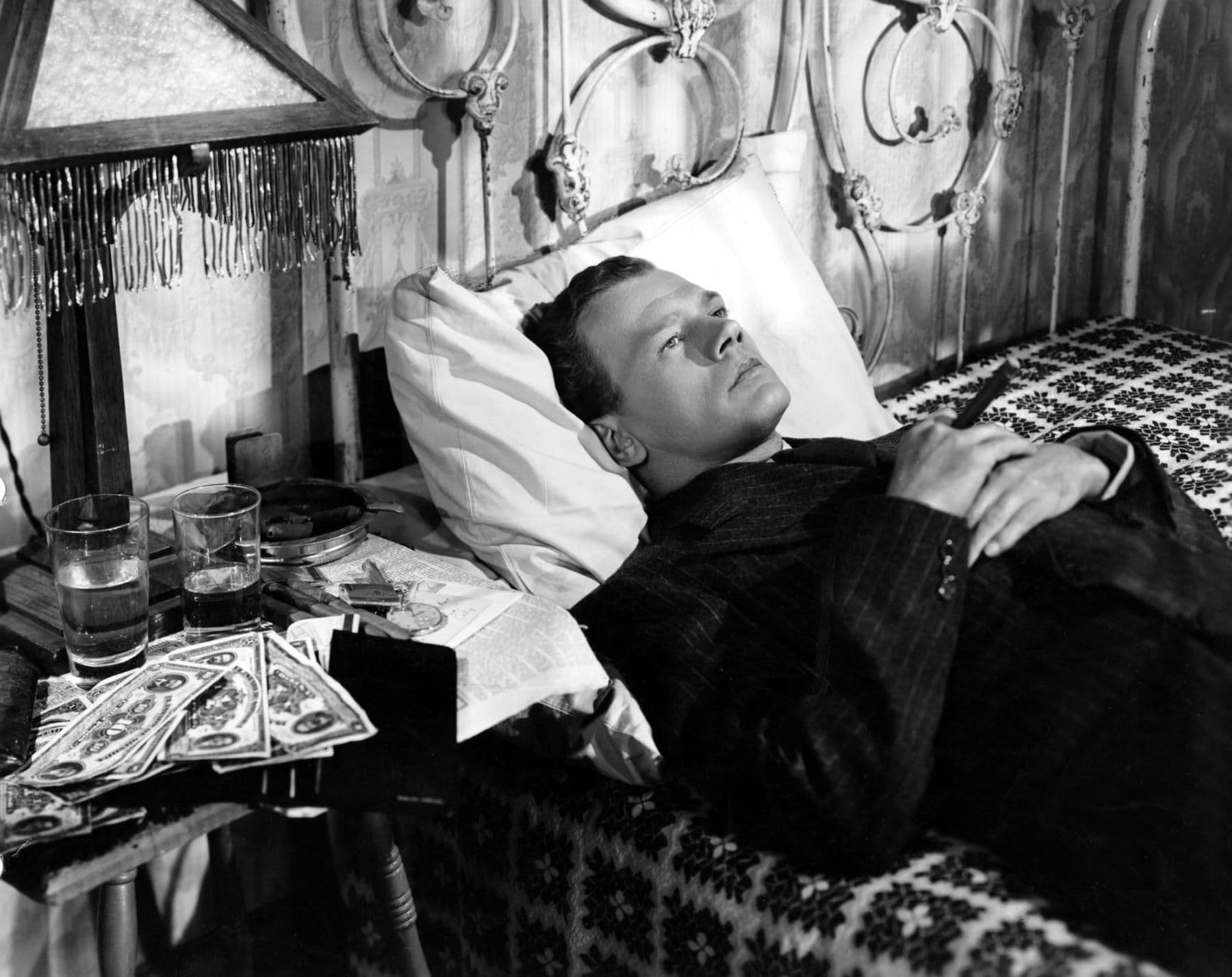
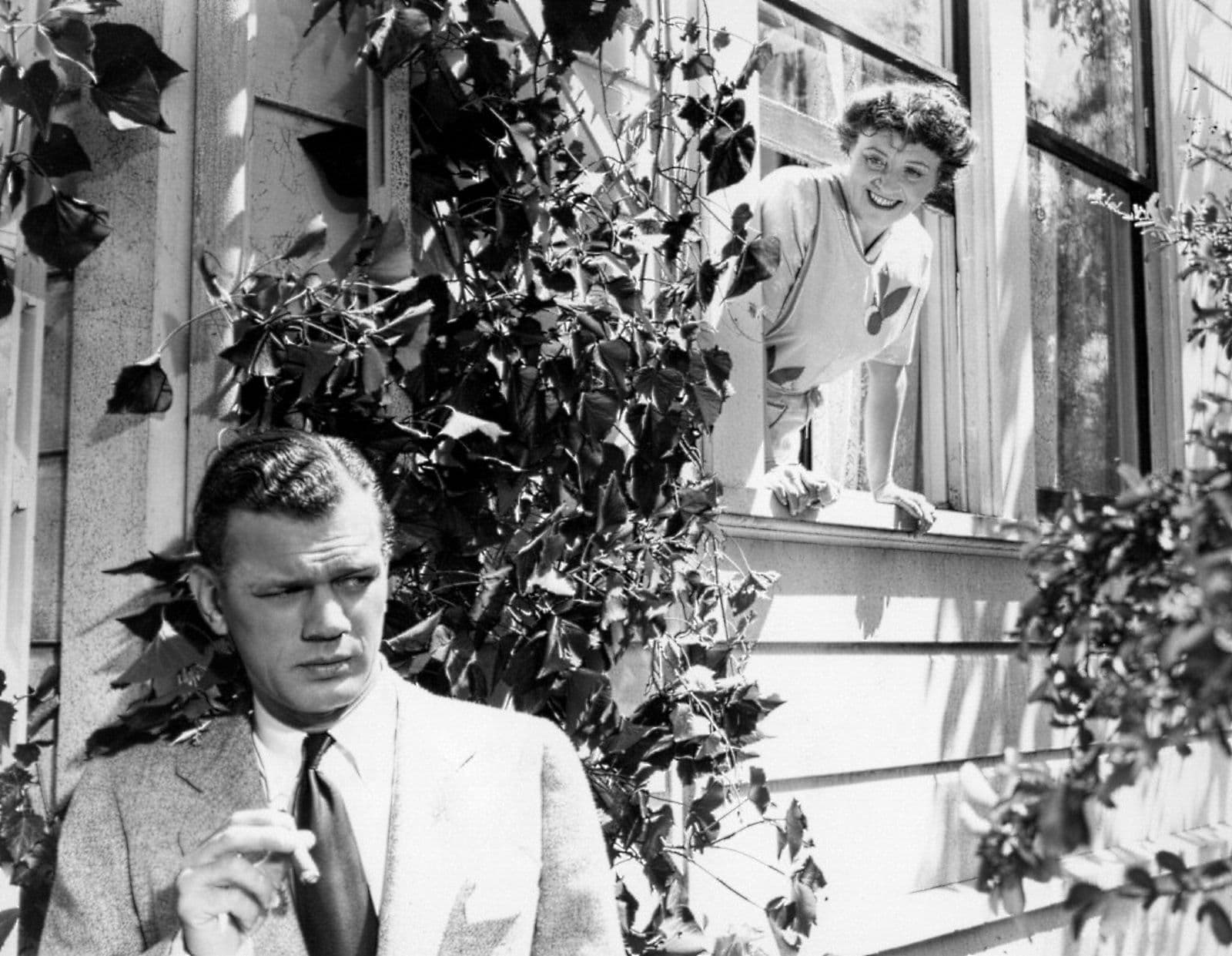

Featured Videos
Official Trailer
Comments
Loading comments...